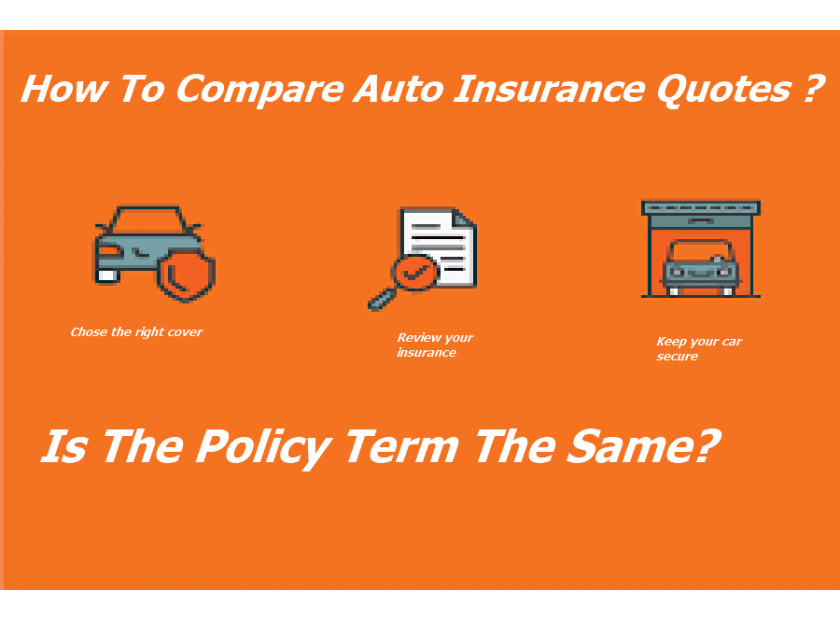How To Compare Auto Insurance Quotes
Shopping around for auto insurance is the best way to make sure you are getting the best deal. But not every agent or insurance company quotes in the same way. It’s important to be sure you are comparing apples to apples when you compare auto insurance quotes to ensure that you are getting a great deal. That low price may come with lower coverage or higher deductibles and might not be such a great deal after all. Learn how to compare auto insurance quotes for a truly good rate.
Are The Coverages The Same?
When you read over an auto insurance quote (and do read it—ask for it to be emailed or faxed to you, as mistakes can be made over the phone!) look to be sure that the numbers listed for liability limits, uninsured motorist coverage, and the comprehensive and collision deductibles match up. Then look for additional coverages that are listed on the quote, such as roadside assistance. Make sure that all of the quotes you compare list exactly the same coverage, for accurate comparison.
Is The Policy Term The Same?
Some rates look absolutely incredible—until you realize the policy term is only six months. Some companies offer different policy terms as well as different payment plan options. If you plan to make monthly payments on your policy, be sure to ask for the monthly premium. It isn’t necessarily as simple as dividing a yearly premium by twelve. Many insurance companies charge fees for the privilege of paying your premium on a monthly basis, which can make the total yearly cost of the policy higher than quoted.
Are The Discounts The Same?
An auto insurance rate may appear lower because it was quoted with a discount such as auto/home which you may not necessarily qualify for or desire. If you don’t plan to take out a homeowner’s policy with the same company, make sure they haven’t quoted it that way. Also check for other discounts; they won’t all match up, as every company offers different discount options. The best thing to do is to compare which discounts you do qualify for, with each company, to help determine who is offering the best discounts. Be on the lookout for discounts that don’t actually apply to you and will likely be removed by underwriting after you accept the policy.
A good quote will be simple, straightforward, and easy to read. It will outline all of the coverage included in the quote and apply only those discounts for which you truly qualify. An inaccurately low rate in the quote won’t do you much good if it changes once you accept the policy.





